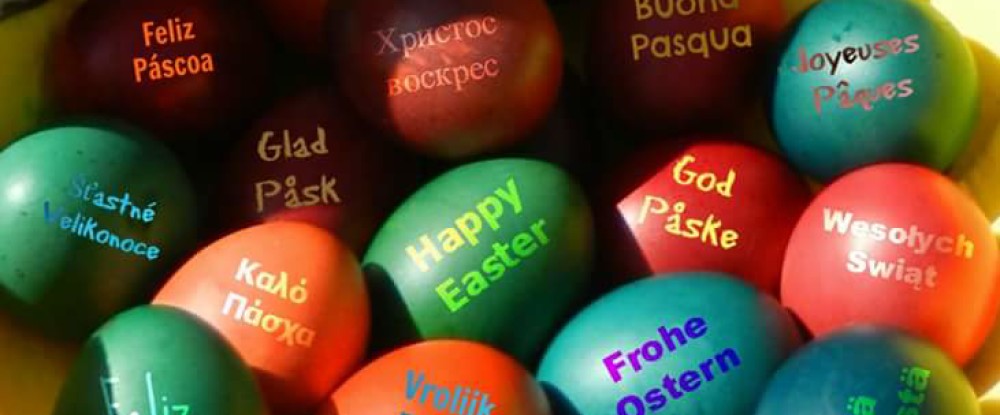The central panel depicts the circumcision of Christ. The two side panels depict the Gospel writers Luke and Matthew who relate how Jesus was circumcised or given his name on the 8th day after his birth.
The Feast of the Circumcision of Christ is a Christian celebration of the circumcision of Jesus in accordance with Jewish tradition, eight days after his birth, the occasion on which the child was formally given his name. Eight days after Christmas (December 25), Circumcision (nowadays the feast is often called “Holy Name”) is thus celebrated on January 1.
The circumcision of Jesus has traditionally been seen, as explained in the popular 14th-century work the Golden Legend, as the first time the blood of Christ was shed and thus the beginning of the process of the redemption of man, a demonstration that Christ was fully human and of his obedience to Biblical law.
Circumcision was first practiced by Ethiopians and Egyptians, according to Herodotus, and they practiced it mainly for reasons of health (Hist. 2:2, 104). In the Old Testament, God established circumcision as a sign of his covenant with Abraham that would mark his descendants as different from the other peoples of the world. “This covenant, which you shall keep, is between me and you and between your seed after you for their generations. Every male among you shall be circumcised. Circumcise the flesh of your foreskin, and that shall be the mark of the covenant between you and me. And a child, when he is eight days old, shall be circumcised.” (Genesis 17:12)
The Greeks and Romans thought circumcision was a horrible disfigurement of the male body. Many Romans admired Jewish religious practice and thought but refused to actually convert because of the social stigma associated with circumcision. Several of these “God-fearers” appear in the New Testament.
Patristic literature associates the timing of the Circumcision on the eighth day with Resurrection. Seven is the number of completion and fullness as the world was created in seven days and is due to pass through seven ages. But if seven is perfect, then seven-plus-one is super-perfect. Eight, therefore, stands for renewal, regeneration — whence the architectural tradition of eight-sided baptistries. And Christ rose from the dead on the day superseding the Sabbath, on the Eighth Day just as the world’s seven ages will be followed in the eighth age by the General Resurrection. This imagery is attached almost from the beginning to all theological meditation on Christ’s Circumcision. It is the sense of the mystery that the Circumcision on the eighth day prefigures Christ’s Resurrection, and thereby, implicitly, the resurrection of all.
